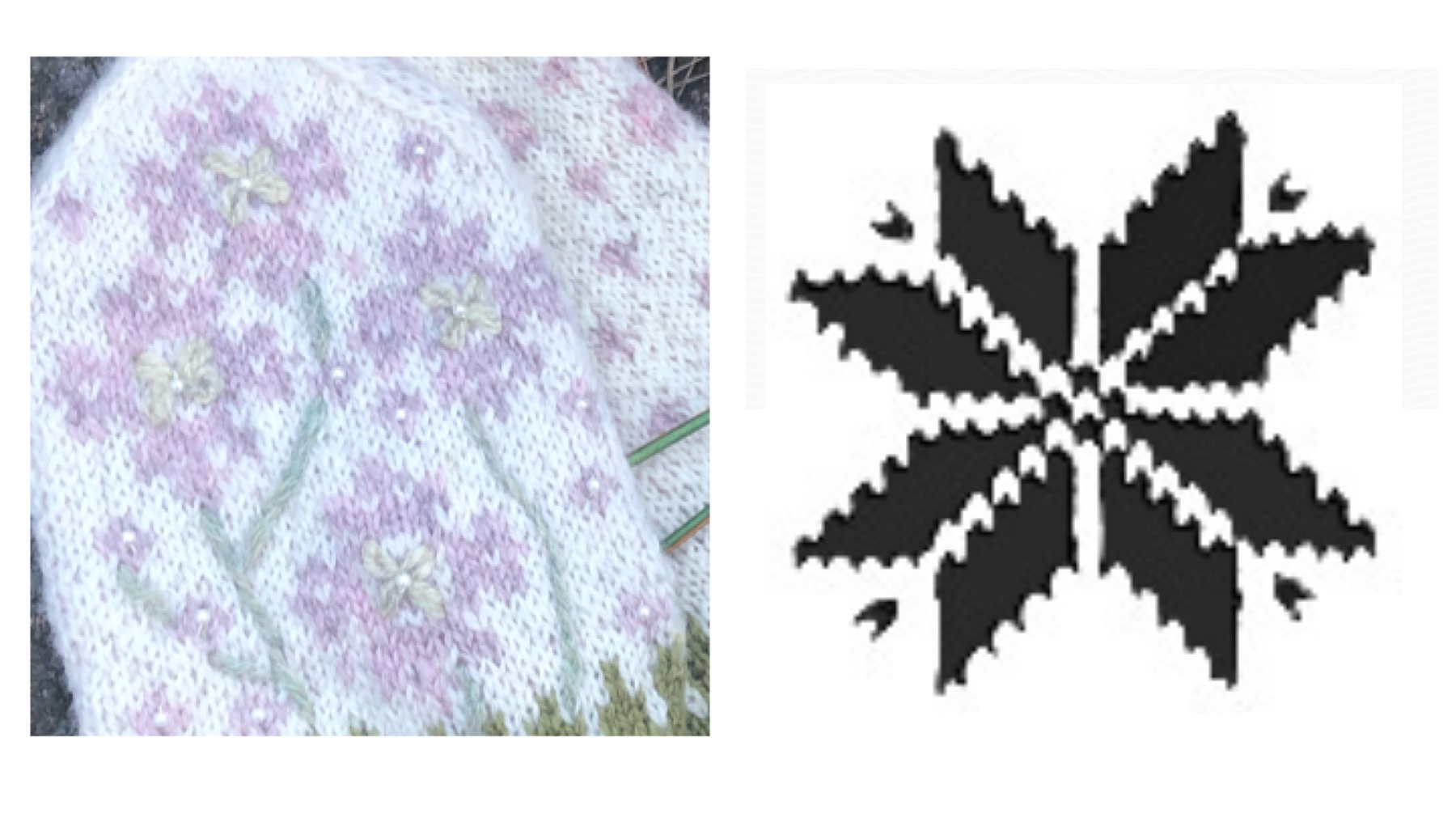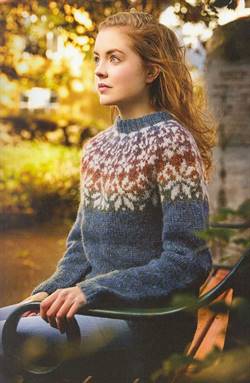Norwegian, Icelandic, Latvian or FairIsle?
Apr 25, 2021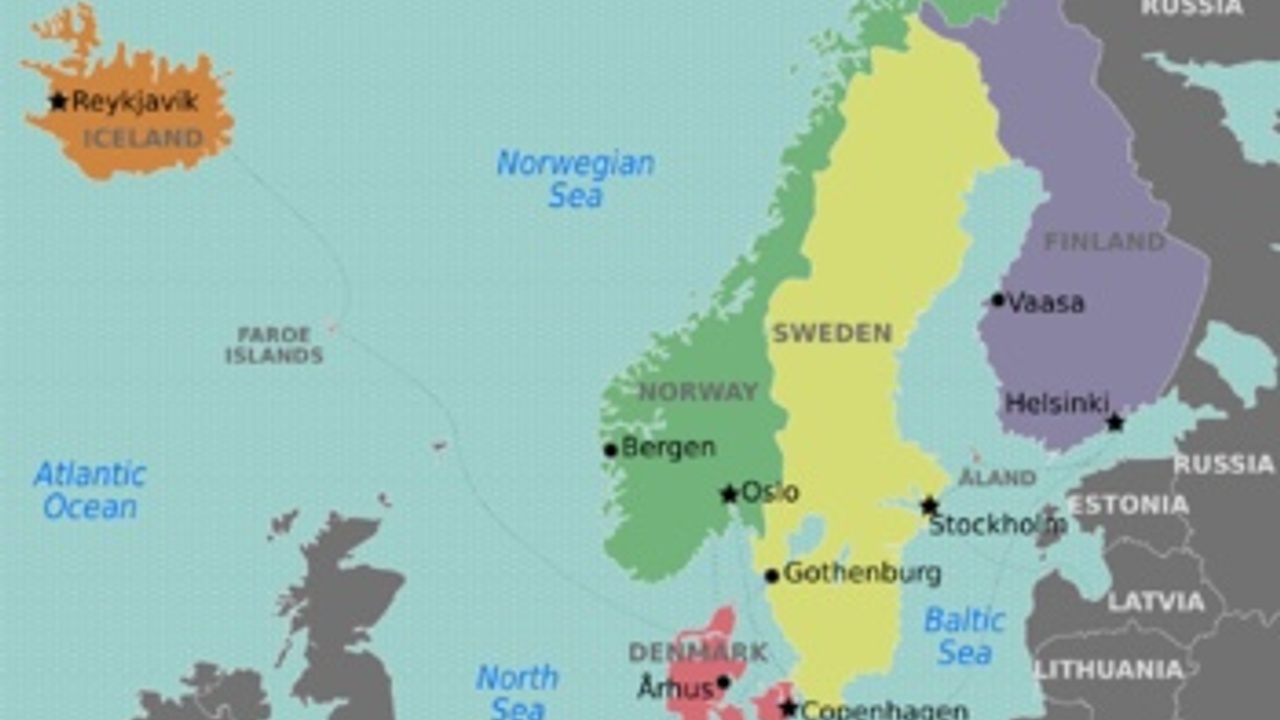
So, last week you got a short geography lesson about the Nordics. This week I will give you a short overview of the differences between the knitting from the various areas. The history of the different knittings are quite closely knit (pun intended) together, but we have developed slightly different features to our knitting, based on the wool available and our commercial patterns from the times when knitting was introduced in our areas.
Some say that our knitting and patterns are in fact strongly influenced by the oriental patterns found in old tiles from the middle East (particularly the area around Istanbul) brought back by the vikings hundred of years ago.
Anyhow, there are a few characteristics that can be pinned down for the different regions back in history.
Norwegian knitting: Very often knitted with 2 colors. It has traditionally been very popular with black/grey and white and red and white. In recent days we are more likely to use more colors in the same garment, but you will not find 3 colors on the same row very often.
Many of the typical Norwegian patterns are in the tradition of the Selbu Rose. Selbu being a place in Mid-Norway and they have this rose even in their city crest. The rose is in Norwegian knitting, knitted in the shape of a regular octagram. It is traditionally used for winter clothing such as the Selbu mitten and sweaters.
A small digression, my Mountain Rose is a rose I designed because I wanted something that was "new". I am not saying that no-one has used my Mountain Rose before, but I have not seen it in other patterns or garments.
Mountain Rose to the left and Selbu Rose to the right
The Norwegian knitting is also world wide known for the Marius sweater. There is a history behind this sweater, but that will be for another day :D

Pic borrowed from https://snl.no
Icelandic knitting: Icelandic patterns are very often knitted in the round, and not with raglan decreases (where you decrease along a set line) but you do the decreases evenly distributed around the row. And the pattern is designed in "spikes" and traditionally they have been knitted in earthy colors.
Pic is borrowed from: http://www.birgirsdottir.no
FairIsle knitting (Shetland style knitting) : Very often knitted with several colors, but never with more than 2 together. The patterns are often smaller in the sense that each pattern goes over less stitches and rows.
Fair Isle knitting gained considerable popularity when the Prince of Wales (later Edward VIII) wore Fair Isle jumpers in public in the early 1920s.
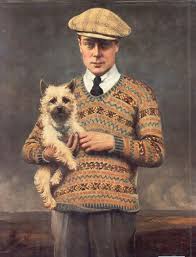
Estonian/Latvian knitting: The knitting from this area are traditionally made with really thin needles (2mm), they have intricate patterns with several colors and often in squares. They do require some more patience but you are rewarded with some gorgeous garments if you take them on.
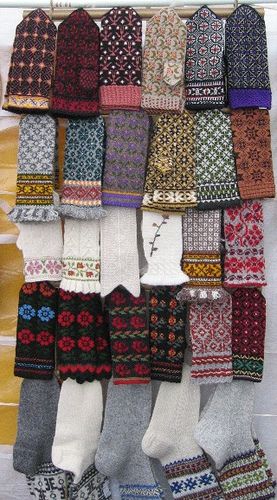
Pic taken from Pinterest.
Want more of Anne's Norwegian Knitting? Click here and read more about the free little corner of Anne's Norwegian Knitting - the Knit Bit.
